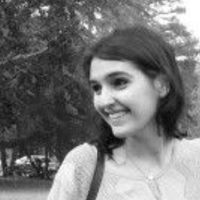
When I sat down to watch Woodshock, the new film from Rodarte designers Kate and Laura Mulleavy, I was expecting a very pretty movie about Kirsten Dunst going on a drug trip. What I got was one of the most beautiful, existential, and introspective films of the year—full of songs by my favorite musicians (hi, Wire!), references to brilliant authors and artists, and subtle moments of symbolism.
Woodshock might not be for everyone (it takes its time, definitely doesn't follow traditional modes of plot, and has received some iffy reviews), but it's a feat of visual storytelling—and is definitely much more than a pretty movie with pretty fashion. The film is open to interpretation, but at its core it's a story about female agency and the female thought process—which is one of the reasons it feels so special.
MarieClaire.com spoke to the Mulleavy sisters about their debut movie, which basically involved a mutual nerd-out session about about Ulysses and Galaxie 500.
On the insanely gorgeous aesthetics in the film:
Laura: "We wanted to achieve a stream of conscious narrative for our character. We had references like Gerhard Richter and his smearing of paintings, because we wanted the film to feel like a watercolor and feel textural. The visual language developed when we got up to Humboldt. We were amongst those redwoods, and thought, 'How can we bring nature into this film and make it feel like you're in someone's mind?' We wanted to imbue emotion into the image as much as Kirsten would bring it into the performance. We wanted it to feel like we were part of her experience not just watching her experience."
On breaking the traditional rules of storytelling:
Laura: "Every film I love uses aesthetics as a way for storytelling. That's what filmmaking is. I feel like there's a little homogenization within the culture of filmmaking now. Maybe because of how much product we have to put out, or how much money everything needs to make. Artistic sacrifices are being made that don't need to be made. We didn't have a large budget, but we knew we could achieve really grand statements in aesthetics by having a visual viewpoint.... You're really making choices in narrative and plot to leave behind certain rules of storytelling. But those rules of narrative have been broken so many times—if you look at James Joyce, the poems of T.S. Eliot—this is how you communicate stream of conscious narrative."
On the movie's incredible songs (Galaxie 500 and Wire, anyone?!):
Kate: "When we featured music that wasn't composed, we associated it with the character Keith [played] and his world. He's a character that is, in a way, mysterious. The movie is really about Theresa's journey, so as she becomes increasingly isolated, there's only so much we can know about these other characters. But Keith's music, and the music we associate with him, kind of captures the mystery of his character. Galaxie 500, I've always loved. At a certain point while working on the film, Linda Cohen—our music supervisor—was pulling different songs and we tried Galaxie 500. It's one of those things where we said, 'This is the world of this movie.' It just made sense. You know what it was? It just seemed right."
On the movie's even more incredible score:
Laura: "The score was made to represent Theresa's voice—I always think of it as a method to communicate with the audience, it's like she's talking to you—it's her thought process. It's used to define what she's going through. When we met our composer Peter Raeburn, he said 'I was really thinking on the airplane that because the story is the singular voice of our narrator, I think we have to have as singular sound to define it.' He said the best way to do this was to use the harp. We were so excited just by him saying that—we knew the beauty and high frequency of the harp, and its loneliness was so perfect for her. We devised the score using the harp and gave Peter access to a sound file of something we recorded in the forest, which was a bird calling in the redwoods. He utilized it within the score, and the sound design."
Stay In The Know
Marie Claire email subscribers get intel on fashion and beauty trends, hot-off-the-press celebrity news, and more. Sign up here.
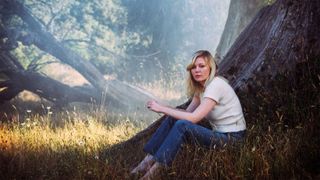
On how their favorite artists and authors crept into the creative process:
Laura: "I studied a lot of James Joyce in college—I carry that into the filmmaking process. I think we had more references to artwork [than other films]. In the editing process, we had a poster of The Ecstasy of Saint Theresa, a sculpture that we adore by Bernini that became our emblem for the end of the film. With Joyce—I was saying to Kate, why did we even want to tell Theresa's story as stream of consciousness? And then I realized, if you go to Ulysses, and look at the chapter that Molly Bloom has—it's in eight long sentences. James Joyce always said the female narrative was defined by stream of conscious. Maybe that's problematic that he made that statement, but I connect to that idea on some level."
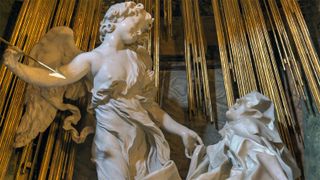
On the film's larger meaning:
Laura: "For us, it was about creating a story about women's agency. About a woman that makes choices and is in thought. It's also about the female body and violence against nature. And questioning the sublime, which is what makes beauty, what makes destruction—how do they go together?"
Kate: "For me, it's an existential film. It's a woman's existential crisis. Her whole world changes, and it calls into question 'What is my place in the world?' It's about big questions: What is life? What is my meaning here? What is death? Are we reborn in death? Is death a finality? Is death a re-beginning? For me, it's something I don't see that often...I think it's a movie about bigger ideas."
On keeping the film a secret:
Laura: "We didn't talk to anyone about making the movie. We wanted it to be a very private experience for us. We kept it very quiet. We didn't even tell people we were making the movie until we went to shoot it, and we started writing it in 2011. We wanted to protect that creative process as much as possible. When you bring something into a new experience, a lot of people can define what you do and how you do it, and I do know that one of the things Kate and I can bring to the table is really following through on an idea. We only really made this movie because we had that."
Woodshock hits theaters on September 22.
RELATED STORY
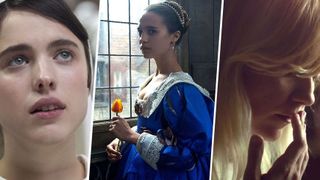
Follow Marie Claire on Facebook for the latest celeb news, beauty tips, fascinating reads, livestream video, and more.

Mehera Bonner is a celebrity and entertainment news writer who enjoys Bravo and Antiques Roadshow with equal enthusiasm. She was previously entertainment editor at Marie Claire and has covered pop culture for over a decade.
-
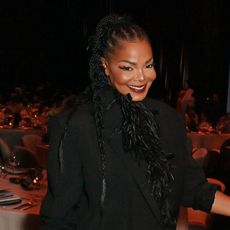 Janet Jackson Says She Almost Played An Iconic Movie Role That Ultimately Went to Halle Berry
Janet Jackson Says She Almost Played An Iconic Movie Role That Ultimately Went to Halle BerryJackson had to turn the part down because she was heading out on tour.
By Rachel Burchfield Published
-
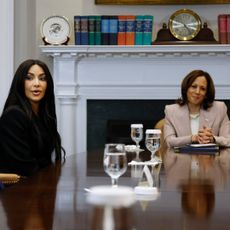 Kim Kardashian Visits White House to Discuss Criminal Justice Reform with Vice President Kamala Harris
Kim Kardashian Visits White House to Discuss Criminal Justice Reform with Vice President Kamala Harris"I'm just here to help and spread the word."
By Danielle Campoamor Published
-
 Even Zendaya's Off-Duty Outfits Reference 'Challengers'
Even Zendaya's Off-Duty Outfits Reference 'Challengers'The actress can't quit referencing Tashi Duncan completely.
By India Roby Published
-
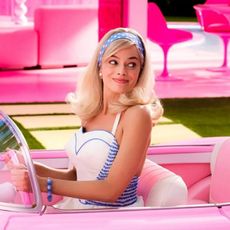 A Definitive Ranking of Margot Robbie’s Top 10 Movie Roles
A Definitive Ranking of Margot Robbie’s Top 10 Movie RolesShe's got a knack for playing complex women.
By Andrea Park Published
-
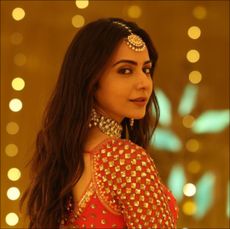 The Best Bollywood Movies of 2023 (So Far)
The Best Bollywood Movies of 2023 (So Far)Including one that just might fill the Riverdale-shaped hole in your heart.
By Andrea Park Published
-
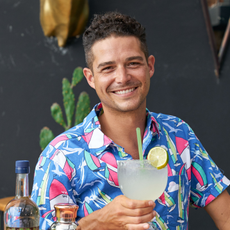 ‘Bachelor in Paradise’ 2023: Everything We Know
‘Bachelor in Paradise’ 2023: Everything We KnowCue up Mike Reno and Ann Wilson’s “Almost Paradise."
By Andrea Park Last updated
-
 Who Is Gerry Turner, the ‘Golden Bachelor’?
Who Is Gerry Turner, the ‘Golden Bachelor’?The Indiana native is the first senior citizen to join Bachelor Nation.
By Andrea Park Last updated
-
 ‘Virgin River’ Season 6: Everything We Know
‘Virgin River’ Season 6: Everything We KnowHere's everything we know on the upcoming episodes.
By Andrea Park Last updated
-
 The 'Barbie' Movie Poster Is Already This Year's Most Iconic Meme
The 'Barbie' Movie Poster Is Already This Year's Most Iconic MemeYour daily dose of internet comedy.
By Iris Goldsztajn Published
-
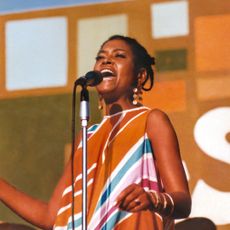 Documentaries About Black History to Educate Yourself With
Documentaries About Black History to Educate Yourself WithTake your allyship a step further.
By Bianca Rodriguez Published
-
 The 60 Best Musical Movies of All Time
The 60 Best Musical Movies of All TimeAll the dance numbers! All the show tunes!
By Amanda Mitchell Last updated